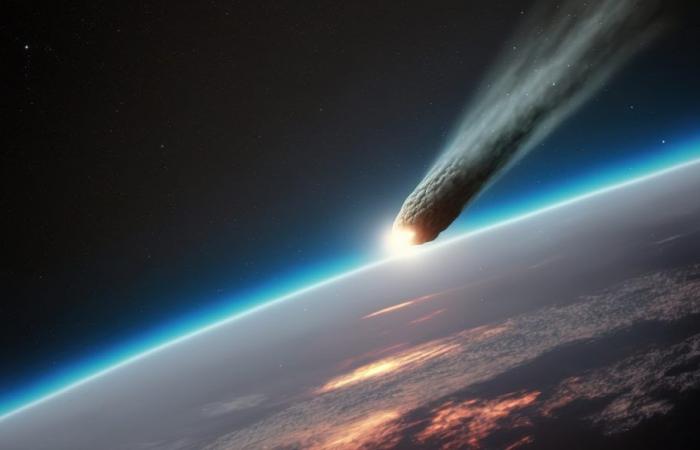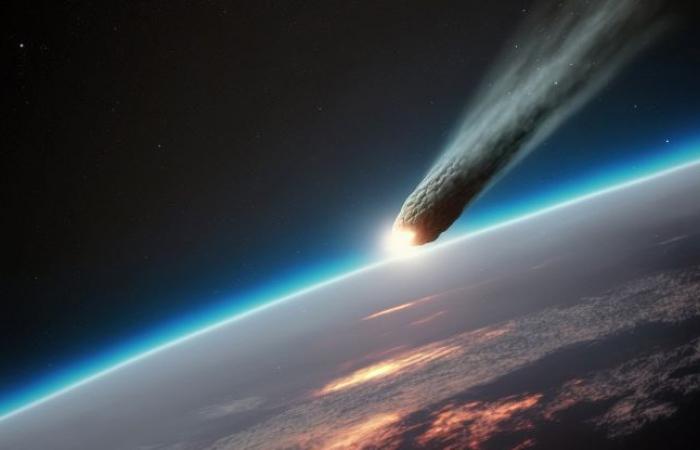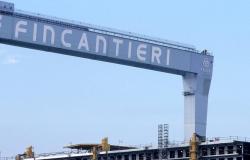Photo source: 123RF
Today, Sunday 30 June, a sensational event takes place. It is in fact possible to admire the cometa 13P/Olbers reach perihelion. This means that it will be in the position in orbit of closest approach to the Sun. When we talk about this comet, we are referring to one of the periodic ones and not recently discovered. Admired for the first timeaccording to the documents we have, in 1815precisely March 6. This is the date of its discovery by the German astronomer Heinrich Wilhelm Olbers. Of its kind, it is one of the most studied and belongs to the Halley’s Comet Family.
The comet of the century
Il orbital period of comet 13P/Olbers is of ben 69 years old. This means that after more than half a century it reappears in the Earth’s skies. It boasts an eccentric orbit, which takes it to distances that are nothing short of remarkable with respect to the Sun. In fact, it surpasses the orbit of Neptune along its erratic but regular path. Over time, then, as always comes closer to Earth againso much so that it is visible.
As far as aesthetics are concerned, it certainly cannot be said that it is a comet that can go unnoticed. The reason is soon to be said. 13P/Olbers, in fact, has a core composed of dust, rocky material and ice. Thanks to this mix, develops a sort of maneas well as a tail, very bright, when it approaches the Sun.
According to scientific observations of the comet, it was possible to detect the presence of compounds such as carbon monoxide, methane, water and ammonia. Thus, the following were obtained: crucial information on the evolution and origin of the Solar System. Added to this is another important aspect regarding research. The analysis of dust particles released by the nucleus, in fact, has enriched our understanding of the interactions between comets and the solar wind.
How to observe comet 13P/Olbers
After describing it in detail, it is natural that many would want to seize the opportunity and observe the sky carefully. According to estimates, near perihelion, the comet should reach a maximum magnitude of 6-5. This means that it will become visible to the naked eye. All you need is a pair of binoculars or, alternatively, a small telescope. The latter solution is certainly recommended, so as to obtain serious help in such fragile moments. In addition to observing it, many will try to take the photo of the year, then hunting for guidelines. To be able to photograph a comet you need a telescope, as well as a motorized mount that can compensate for the Earth’s rotational movement. Don’t forget, obviously, a camera. Professionals use special chambers with cooled sensors. Those who don’t have great expectations, however, can obtain excellent results even with a simple reflex. Useful advice received and now all that remains is to wait and get busy.







